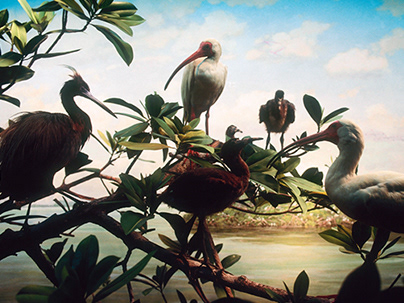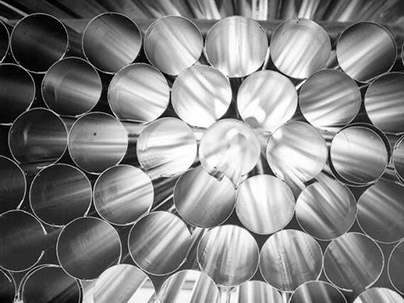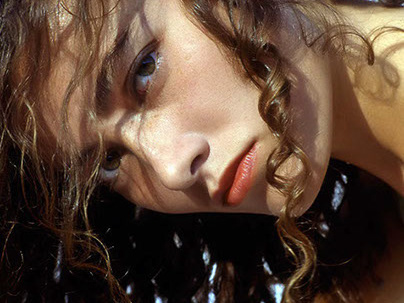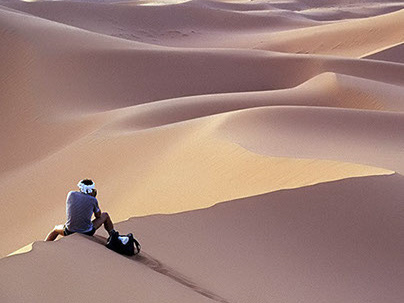Signs of War
Signs of War NY 1988 Vision pop ragments of reality Mara Mira Only the eye of a photographer’s camera, like the scientist’s microscope, can catch the tangles of lines and textures which intermingles in nature. The change from a 1:1 scale to other scales allows the possibility of paying attention to details, extracting or underlining the interest of an image. We could get to the conclusion that a photographer is a painter, but this is not exactly so. A painter dirties the canvas, throws the paint against the flat surface, spreads the colour with his brush. He must let the composition rest, wait until the hues settle to see if they are really the chromas he is looking for. He needs time because he paints with his memory. He knows what he is looking for, but he must build it by intuition. His hand obeys his intellect. He paints what he would like to see and, in order to do that, he must exercise all his body. In fact, every painting is a physical exercise for the artist. It is something that we understand perfectly when seeing, mainly when we see any large abstract painting. However, photography, due to its technical characteristics, must go the other way round, as it is well shown in Ángel Fernández Saura’s work. His photographs seem to be abstract thanks to their concrete examination of the everyday. Fernández Saura seems to take to the limit the aesthetic hypothesis which nourishes photographic movements such as f/64 and Nueva Objetividad (New Objectivity) which, in books such as The World is Beautiful by Renger-Patzch, claim for photography a new philosophy in which it must create, by means of its own technical means, images able to exist on their own; in other words, pure photography. Ángel Fernández Saura exercises his eye to extract from reality pieces which, decontextualized, can make us think that we are in front of abstract painting canvases. His photography, lacking frames, passé-par-tout and safety glass, acquires a new dimension, apparently pictorial, though it is deeply immersed in the pure representation of reality. In order to achieve this paradox, the photographer also uses the technological resources of digitalization, means that the process of capture and manipulation cannot reach, but printing can. These means magnify the quality of the textures and colours of the giant images made. When one sees his images, one has the vague feeling of already knowing what they are. The visual game lies in reconstructing the whole picture from which they come from. Ángel Fernández Saura builds a reality as a scientist builds his own from particles which are part of a whole. •









